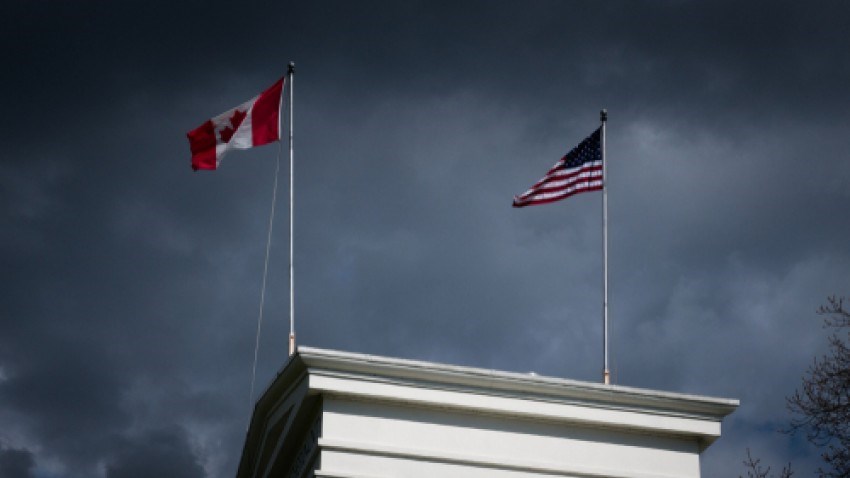The decision last month to close the Canada-U.S. border to non-essential travel due to the ongoing COVID-19 pandemic is causing havoc at crossings all across Canada because of how integrated the people-to-people ties are between the two countries, immigration sector officials say.
Vancouver-based immigration lawyer Richard Kurland said his office - as well as that of his colleagues in the immigration bar - has been inundated with cases from across the country since March 17, when Prime Minister Justin Trudeau introduced the border control measures.
“It’s coast-to-coast,” Kurland said. “In the morning, we deal with Newfoundland and guys trying to come in from the United States to work the oil rigs. Then, every hour, things are coming in from different places.”
The issue, Kurland said, comes from both the lack of precise messaging from Ottawa’s policy makers and the presence of multiple agencies - such as Immigration, Refugees and Citizenship Canada (IRCC) and the Canada Border Services Agency (CBSA). Add to the fact that COVID-19’s rapid development creates an ever-changing fundamental landscape, and you have the recipe for major delays and disruptions at people trying to cross the border, Kurland noted.
“The prime minister said Canadians who manifest symptoms may not get in,” he said. “The problem is that no one is sure; as a Canadian citizen, you have the legal right to enter Canada, but there’s now an exception to that under the new laws [that you may or may not get in], so it gives even more power to the border officials on what to do with every case.”
Further complication comes from not only the issues of work permits - which some crossings are approving for entry while others aren’t - but the presence of people with dual-citizenships, married couples with mixed citizenship, and children in such families who may not hold Canadian citizenships.
Kurland said that the public may not be aware of just how closely knit the Canadian and American social and economic fabric have become over decades of open-border policies, and all the integration is now being challenged at every turn with the new COVID-19 travel restrictions.
“It’s not as simple as telling someone coming for a ski trip not to come,” he said. “People are not coming for ski trips; they may be here to ski - then afterwards living permanently in Canada… In some parts, it’s going to be easy for a Canadian parent to bring in non-Canadian children; in other parts of the country, it’s not the same. In some parts, you can get work permits; and in some parts, you can’t. So that’s a problem.”
There’s also yet another additional challenge: Trying to track people’s potential contacts in the last two weeks - and whether they were exposed to people from heavily hit regions like Italy or parts of the United States.
The main saving grace, Kurland said, is that everyone understands the delays and is being patient in finding a solution to individual cases. Immigration lawyers from across Canada have joined a unified email list to share experiences to find a common solution, he added.
“The best outcomes I’ve seen that have been standardized are the cases where a person may be allowed into Canada for work purposes, but they have to commit to social distancing during their performance of work duties while in Canada,” Kurland said. “It’s an honour system, but at least it’s something… Everyone from the CBSA and the IRCC to the immigration bar recognizes that it’s an ongoing file. Change is normal, and expectation of outcomes just isn’t there. We just hope for the best.”
Read more from Business In Vancouver



